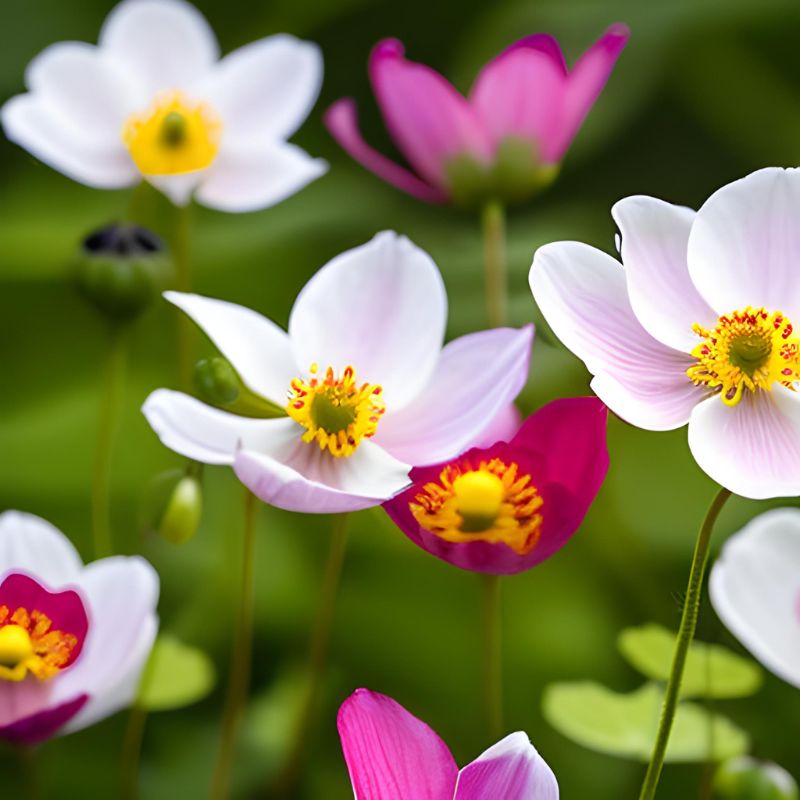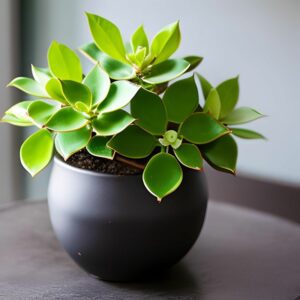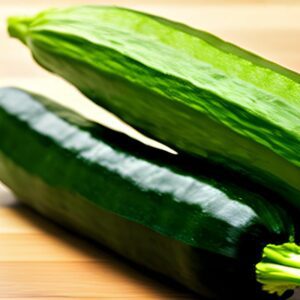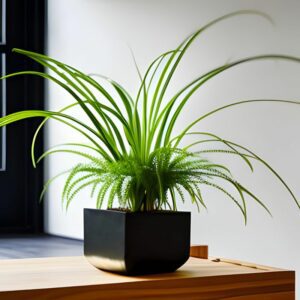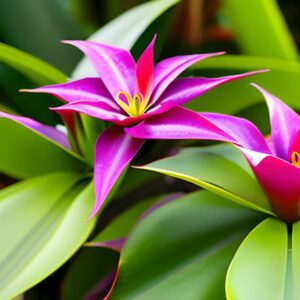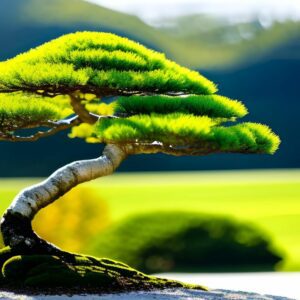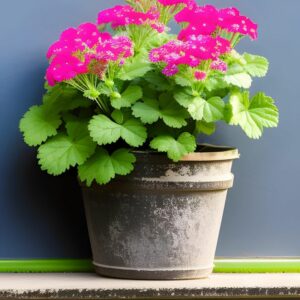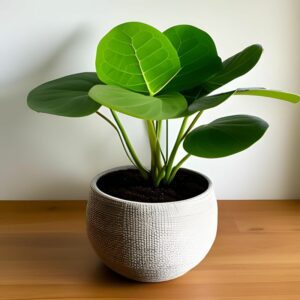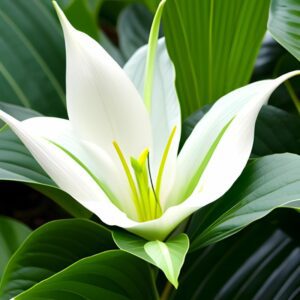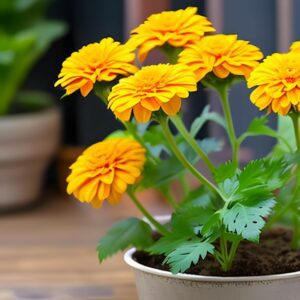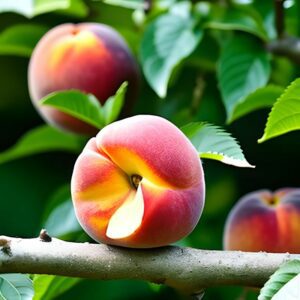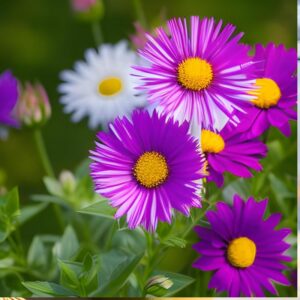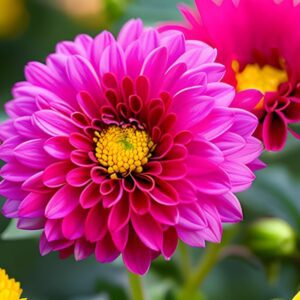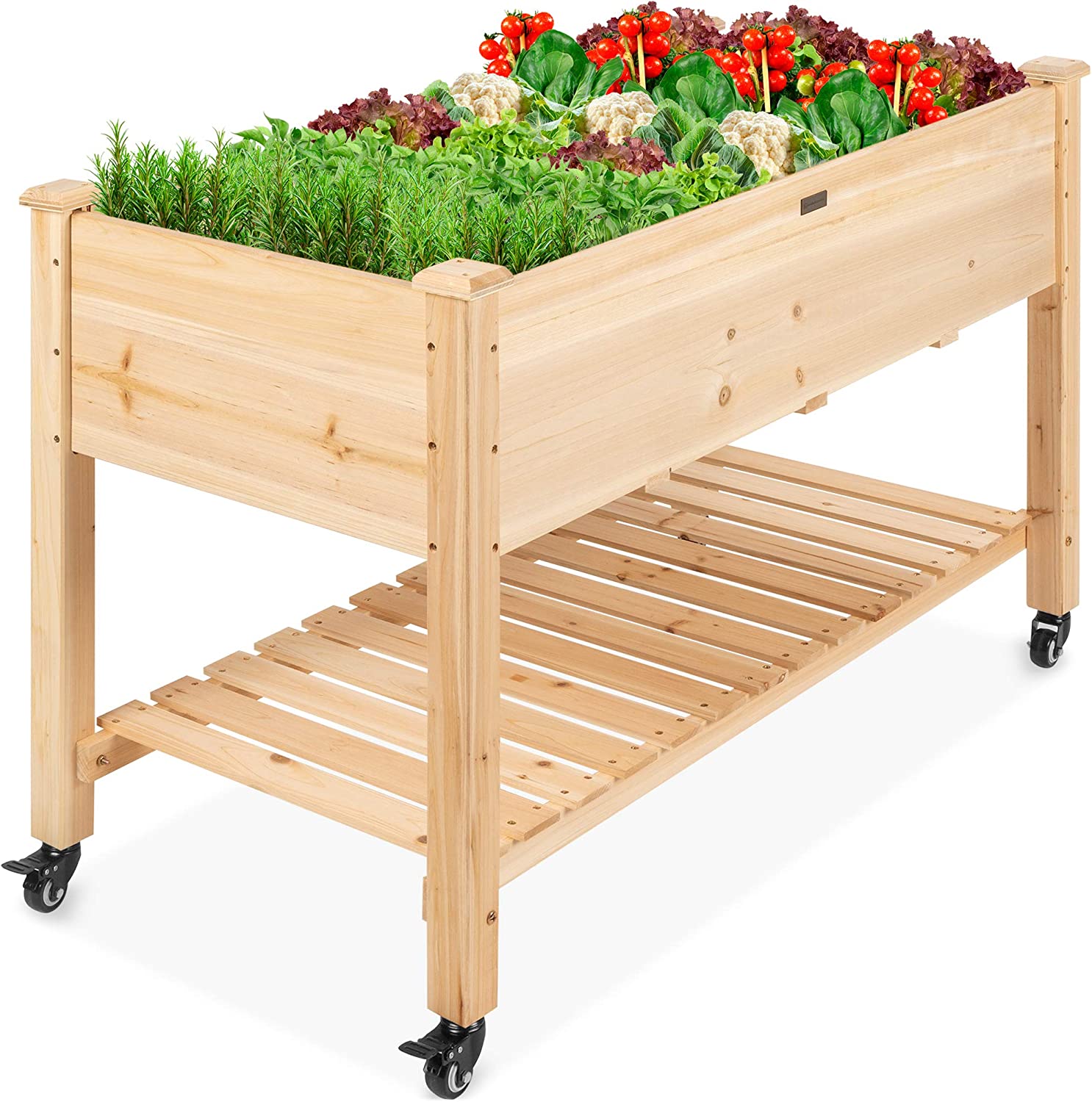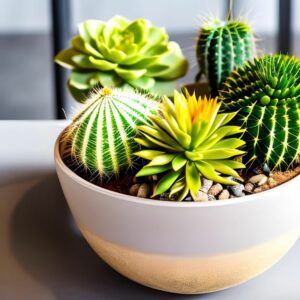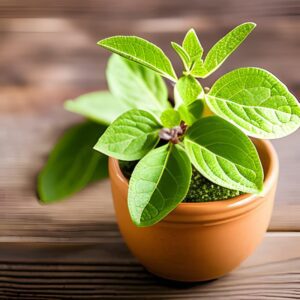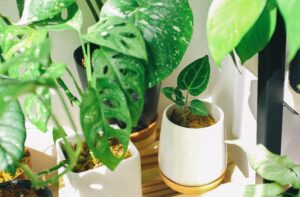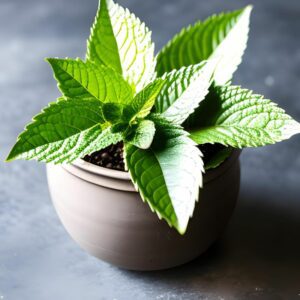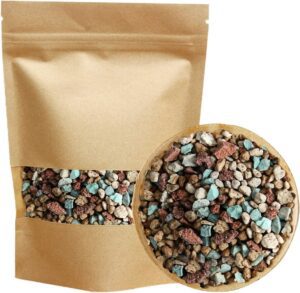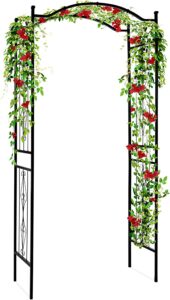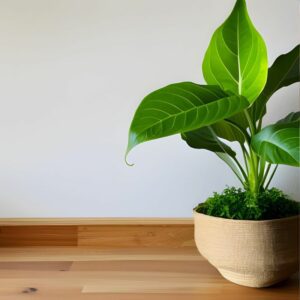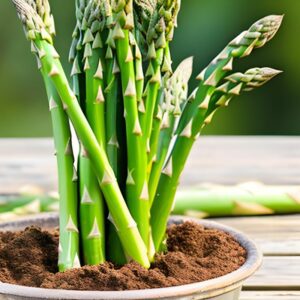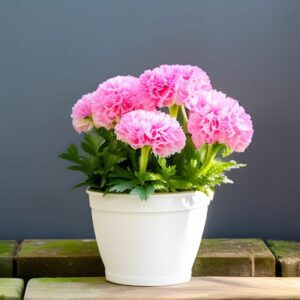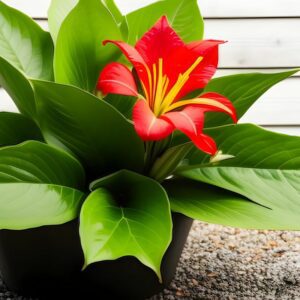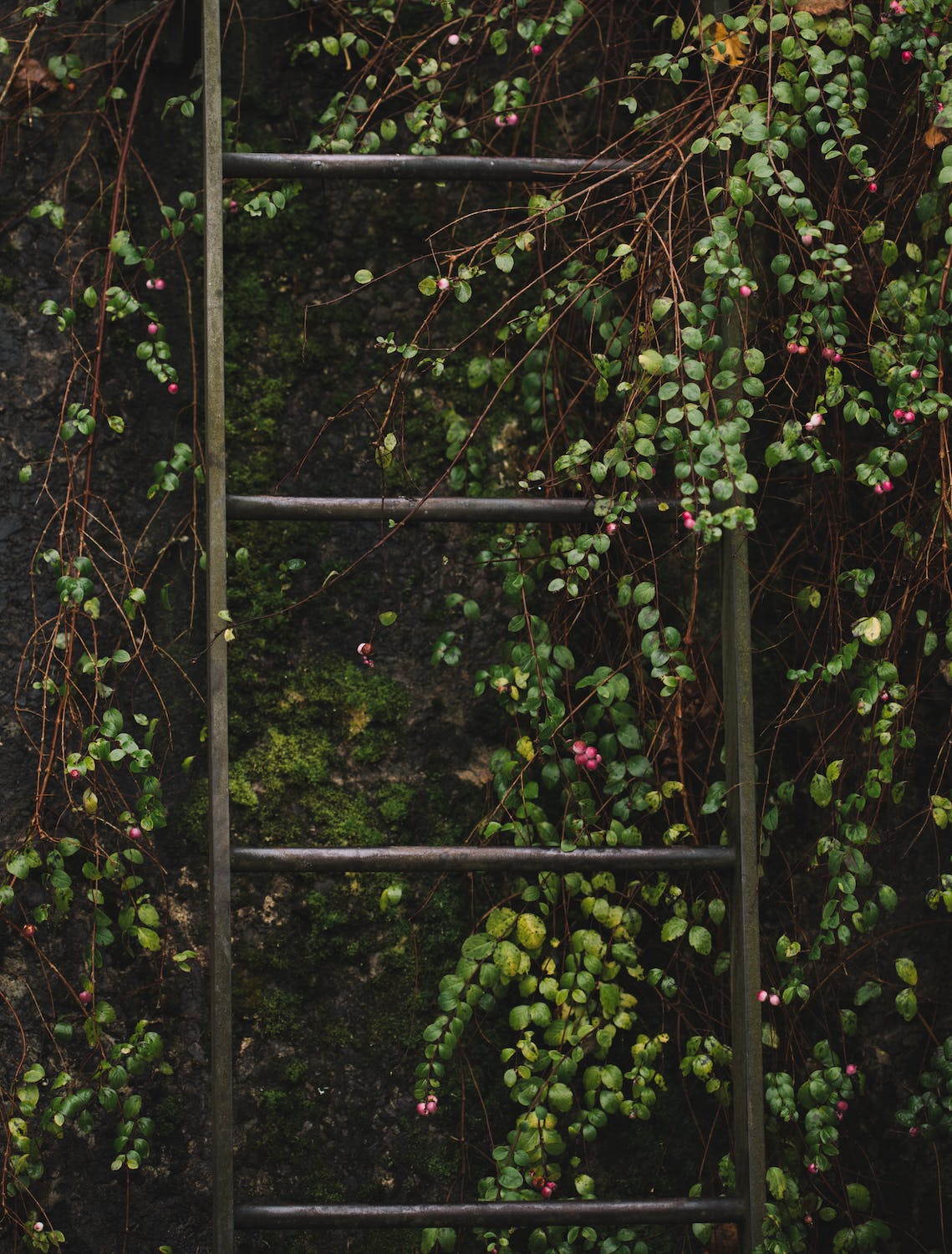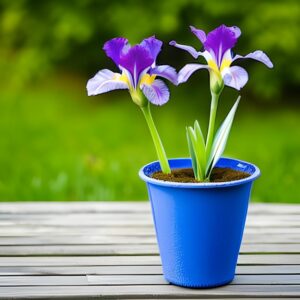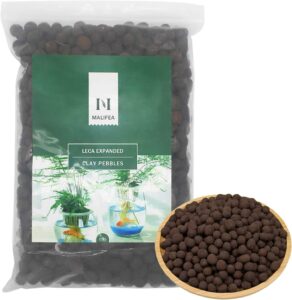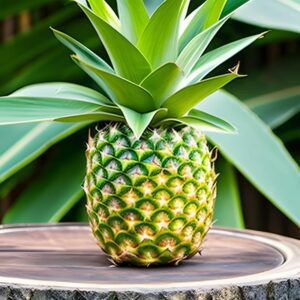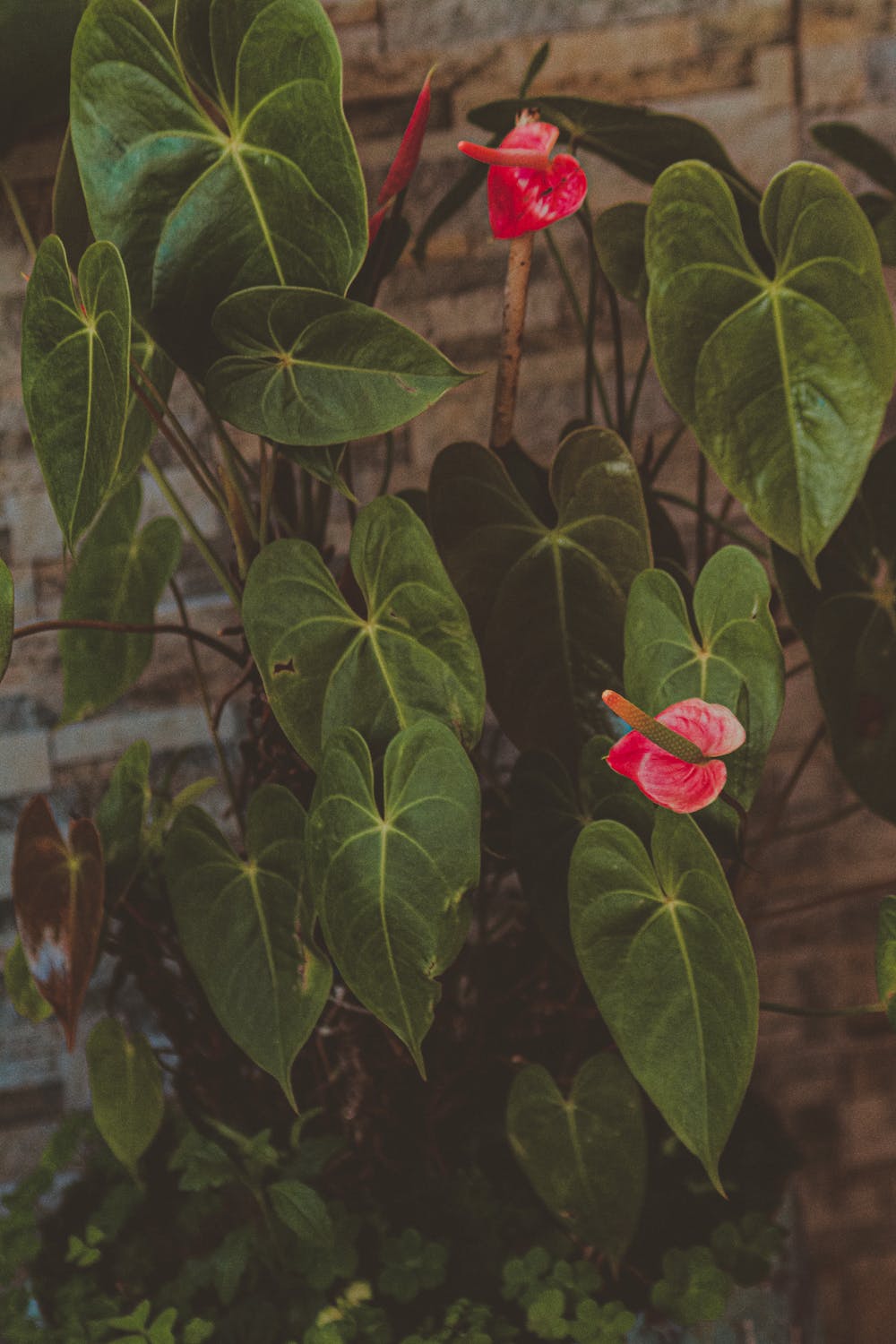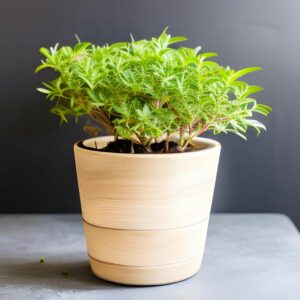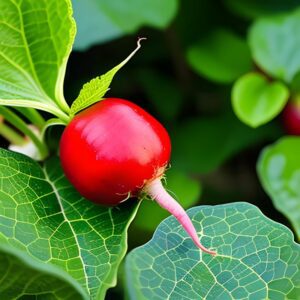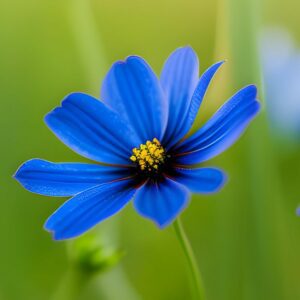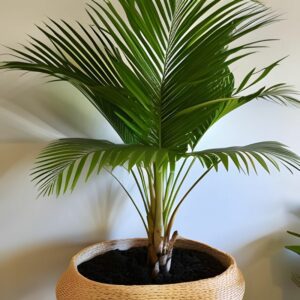Japanese Anemone
Flower
- Japan
- Easy
- Varies depending on the variety and growing conditions
Introduction
Japanese Anemones, also known as Windflowers, are beautiful perennial flowers native to Japan. They are highly valued for their delicate blooms, which come in various shades of pink, white, and purple. Japanese Anemones are loved for their ability to add elegance and charm to gardens, and they are often used in floral arrangements.
Plant Characteristics
Japanese Anemones have tall, slender stems that bear single or double flowers with numerous petals. The flowers have a distinctive saucer-like shape and a prominent center of yellow stamens. The foliage is deeply lobed and attractive, providing an appealing backdrop for the blooms. Japanese Anemones typically grow to a height of 2 to 4 feet.
Ideal Growing Conditions
Japanese Anemones prefer a location with partial shade or dappled sunlight. They thrive in moist, well-draining soil that is rich in organic matter. Adequate watering is important, especially during dry periods. These plants are hardy and can tolerate a range of temperatures, making them suitable for various regions.
Planting Guide
Plant Japanese Anemone rhizomes or potted plants in spring or fall. Dig a hole slightly larger than the root ball, place the plant in the hole, and backfill with soil. Ensure that the crown of the plant is level with the soil surface. Space multiple plants according to the recommended distance for the variety.
Watering and Fertilizing
Keep the soil consistently moist but not waterlogged. Water deeply and regularly, especially during hot and dry periods. Apply a balanced fertilizer in spring to promote healthy growth and abundant blooms.
Pruning and Maintenance
Remove spent flowers to encourage continuous blooming. In late fall or early spring, cut back the foliage to the ground. Mulch around the plants to help conserve moisture, suppress weeds, and provide insulation during winter.
Harvesting or Flowering
Japanese Anemones typically bloom from late summer to fall, adding vibrant colors to the garden when many other flowers start to fade. The blooming period can last several weeks, and the flowers are known for their long-lasting beauty.
Post-Harvest Care
After the blooming season, continue to water the plants regularly and maintain good soil moisture. Japanese Anemones may benefit from a layer of mulch to protect the roots and conserve moisture. Division of mature clumps can be done every few years to rejuvenate the plants and promote better flowering.
Troubleshooting
Japanese Anemones are generally resistant to pests and diseases. However, they may occasionally face issues such as powdery mildew or slug damage. Monitor the plants regularly and take appropriate measures, such as using fungicides or organic slug control methods, if necessary.
Fun Facts
Japanese Anemones are associated with various symbolic meanings, including anticipation and protection against evil spirits. They are often featured in traditional Japanese artwork and are a popular choice for floral arrangements during special occasions and festivals.


